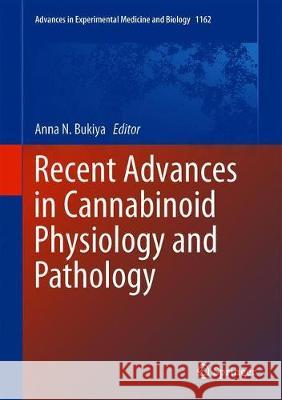Recent Advances in Cannabinoid Physiology and Pathology » książka
topmenu
Recent Advances in Cannabinoid Physiology and Pathology
ISBN-13: 9783030217365 / Angielski / Twarda / 2019 / 167 str.
Recent Advances in Cannabinoid Physiology and Pathology
ISBN-13: 9783030217365 / Angielski / Twarda / 2019 / 167 str.
cena 442,79
(netto: 421,70 VAT: 5%)
Najniższa cena z 30 dni: 424,07
(netto: 421,70 VAT: 5%)
Najniższa cena z 30 dni: 424,07
Termin realizacji zamówienia:
ok. 22 dni roboczych
Bez gwarancji dostawy przed świętami
ok. 22 dni roboczych
Bez gwarancji dostawy przed świętami
Darmowa dostawa!
Kategorie BISAC:
Wydawca:
Springer
Seria wydawnicza:
Język:
Angielski
ISBN-13:
9783030217365
Rok wydania:
2019
Dostępne języki:
Numer serii:
000253056
Ilość stron:
167
Oprawa:
Twarda











